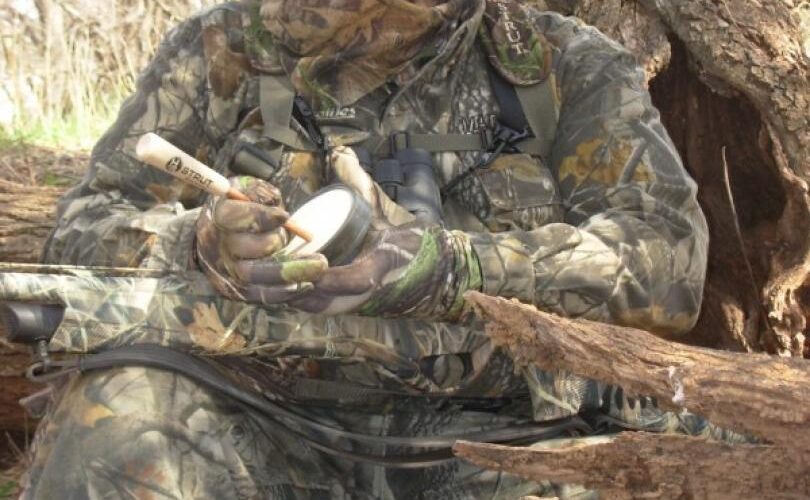Tactics
National Deer Association’s 5 Top Tips for Late-Season Deer Hunting
December 17, 2025 •iSportsman Staff
July 13, 2021
In iSportsman’s Master the Call Series, we’ll look at different turkey calls and discuss what the call is good for, when to use it and share with you from the web a good example of what it sounds like and how it to make the call.
How It Sounds: Delivered in a yawp, yawp, yawp sound and cadence generally in three to five note sequences, though a turkey can make a single note yelp or can yelp a dozen times in a row when excited or agitated.
What It Means: The yelp is the most basic call of the wild turkey, vocalized mostly by hens, though jakes yelp too. Jake yelping is generally a bit deeper and drawn out sounding like a keyawk, keyawk vocalization. The yelp is the turkey’s way of saying, “Hey, I’m over here. Where are you?”
Of all the production, as well as custom-made, calls I’ve had the opportunity to use over the years, this inexpensive glass-surface pot call remains one of my favorites. The hard surface, once roughed, makes some of the purest turkey sounds I’ve ever heard replicated. After nearly 20 years, it’s still a best seller for the company. Excellent for yelps, cutts and purrs. Do yourself a favor though and chunk the cheap striker that comes with the call and spend the extra dough on Primos’ Custom Striker 2-Pak, which comes with their flared-tip, laminated Cuttin’ Striker and their tapered-tip, laminated Kee-Kee Striker. Switch out both to make very different sounding yelps, kee-kees and other sounds. I really want to make this call sing. My favorite strikers are bell-tip, laminated calls from Woodhaven such as their Strike 3 Striker. These calls give more rasp than any call I’ve used and will make an average slate or glass call sound like a custom job.
